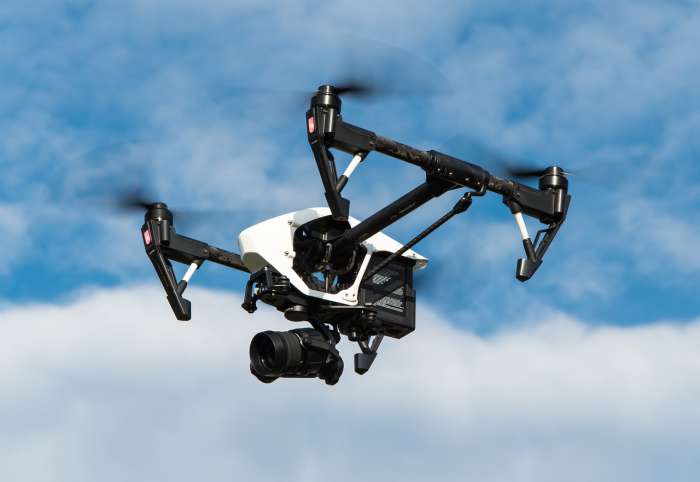In a domestic dispute in Chula Vista, California, a woman driving a car repeatedly tried to hit a man on a motorcycle. The fight carried out across multiple city blocks until police arrived and arrested the man for alleged domestic violence and stealing the motorcycle and the woman for alleged assault with a deadly weapon.
No police officers were physically there to witness the crime. Instead, a drone using Cape telepresence hovered above the scene, recording video that will be used as evidence in court, Chula Vista Police Department. They were able to divert other resources to this now very high priority call and potentially save this guy’s life and obviously get two people in custody, recover a stolen motorcycle, and ensure public safety.
The incident is the most recent case in a trial drone first responder program being taken on by the telepresence drone piloting company Cape and the Chula Vista Police Department. Since then, drones piloted remotely by police officers assisted in 21 arrests, spanning 249 flights over the course of 81 flight hours.
The experiments are part of the U.S. Federal Aviation Administration’s (FAA) Integrated Pilot Program to test drones for a range of use cases in communities across the country, which began last year.
The first responder concept means drones are not deployed after a crime occurs, but proactively deployed for a large number of scenarios. In almost all instances, the drones gets there before officers in vehicles on the ground. The pilot program is currently limited to a one-mile radius around headquarters in downtown Chula Vista, the area of the city most likely to make 911 calls for police.
Under current FAA guidelines, even though the Chula Vista Police Department is participating in the IPP program, the officer in the watch commander’s office must work alongside an officer on the roof of the police department in case another aircraft enters the drone’s airspace. Drones have cleared half a dozen 911 calls without the need to send police to the scene. In other instances, early drone deployment has helped provide police with context through live video feeds or information added to the computer-assisted dispatch.
Drones providing live video allow a watch commander to decide whether a car accident call with few details no longer requires assistance, or if things have gotten out of hand and more assistance is needed. Real-time results also mean supervisors to play a role in determining how to address a given situation. Drones are changing the way police are able to respond with decreased response times and significant drop in crime.
source: Venture Beat

